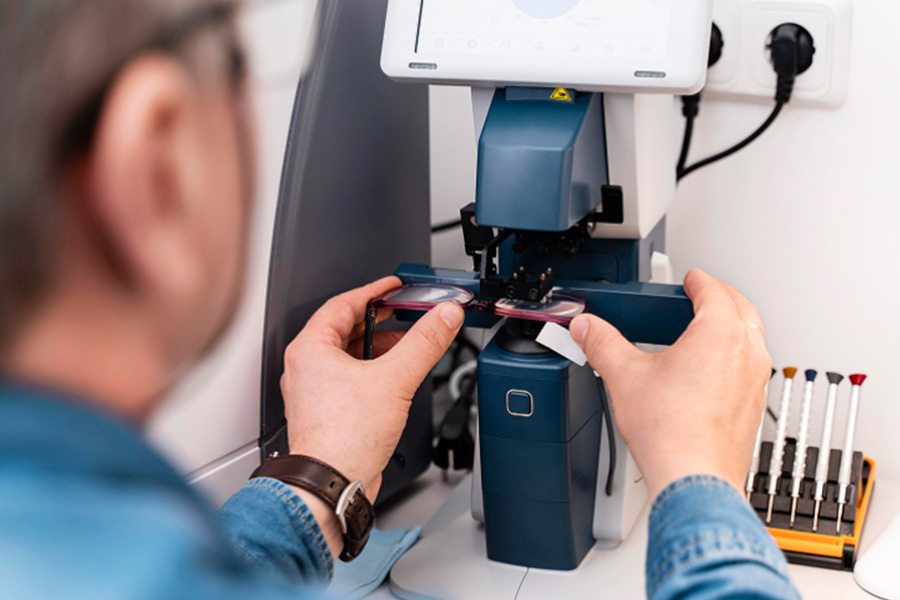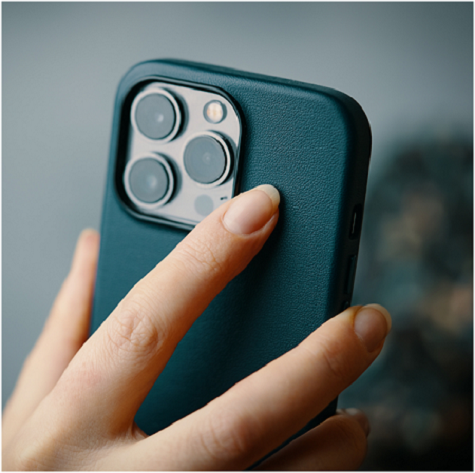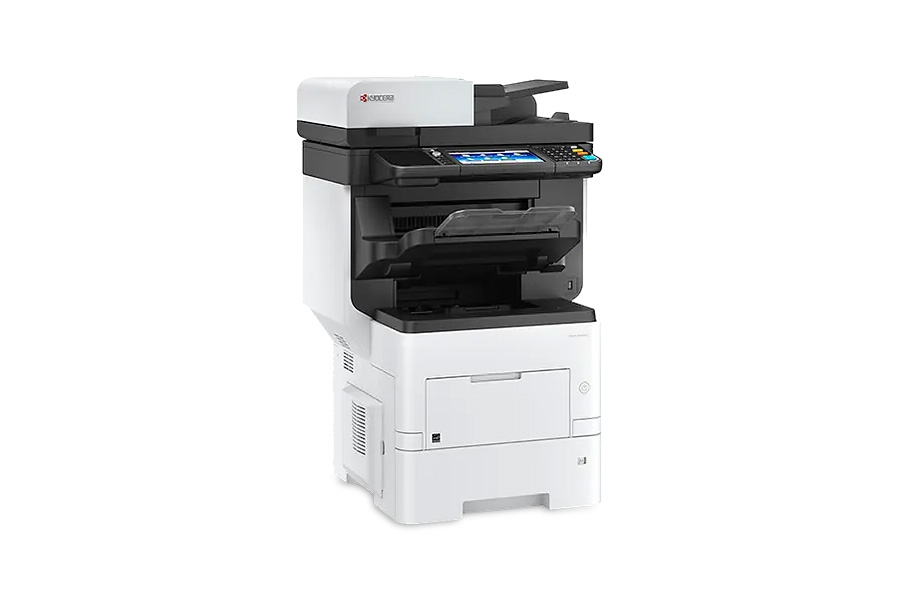When setting up an industrial imaging system, many assume the camera does most of the heavy lifting. In reality, the quality of your results often depends on the choice of the machine vision lens. Selecting the wrong lens can lead to poor image quality, inconsistent inspection results, or costly system adjustments later on. For manufacturers and engineers in Singapore’s growing automation sector, knowing what to look out for can save both time and money.
Ignoring Compatibility with the Camera Sensor
A common mistake is not matching the lens to the camera’s sensor size and resolution. If the machine vision lens doesn’t align with the sensor’s specifications, it can cause vignetting, distortion, or uneven illumination. For example, using a lens designed for a smaller sensor might result in darkened corners or loss of detail. This mismatch can affect accuracy, especially in inspection systems where precision is everything. Always ensure the lens covers the entire sensor area and supports the desired level of detail.
Overlooking the Importance of Working Distance
In many automated setups, engineers forget that the working distance, the space between the object and the lens, directly influences the image’s clarity. If the lens isn’t optimised for your setup’s distance, it may produce blurry or distorted images. Some lenses are designed for close-up applications, while others excel at capturing objects from a distance. Adjusting lighting or repositioning components later on can be costly, so it’s best to choose a lens that fits the working environment from the start.
Neglecting the Impact of the USB3 Camera
The camera interface also plays a huge role in system performance. A USB3 Camera, for instance, is popular for its fast data transfer and plug-and-play convenience. However, not all lenses work perfectly with these cameras, especially when dealing with higher resolutions or frame rates. A poorly matched lens might not keep up with the camera’s speed, resulting in motion blur or incomplete image capture. It’s worth consulting the camera’s specifications or talking to a vision systems expert before making your choice to ensure smooth, synchronised operation.
Choosing a Lens Based Solely on Price
Budget constraints are a reality, but focusing too much on cost can backfire. Cheaper lenses may look similar to premium ones but often differ in optical quality and durability. A low-cost machine vision lens might introduce chromatic aberration, poor contrast, or image distortion that impacts inspection accuracy. In industrial environments where reliability matters, investing in a higher-quality lens can lead to fewer reworks, less downtime, and more consistent performance over time.
Forgetting About Lighting Conditions
Lighting is often treated as an afterthought, yet it’s one of the biggest factors affecting image quality. Different lenses respond differently to changes in brightness and contrast. If your production area has fluctuating lighting, a lens with better light transmission or an anti-reflective coating can make a significant difference. In some cases, the combination of the lens and camera type — such as a USB3 Camera setup, can either enhance or worsen the effects of poor lighting, so both need to be balanced carefully.
Misunderstanding the Role of the GigE Camera
Another area where users stumble is integrating lenses with different camera interfaces. A GigE Camera, for example, is designed for long-distance data transmission, which is ideal for factory floors where equipment is spread out. However, pairing it with the wrong lens can lead to image lag or alignment issues. Since these cameras often handle high-resolution imaging, the lens must be capable of maintaining sharpness across the frame. The right pairing ensures the camera’s network capabilities are fully utilised without compromising quality or speed.
Failing to Account for Future Upgrades
Many systems are designed to evolve, but users often choose lenses based only on current needs. When upgrading to a new camera type, such as replacing a USB3 Camera with a GigE Camera, some older lenses might not deliver the required clarity or image size. Selecting a lens with flexibility in focal length and sensor compatibility allows for smoother transitions in the future. Thinking ahead can help avoid the frustration of having to replace components prematurely.
Conclusion
Choosing the right lens is not just about image sharpness — it’s about creating a balanced system where every component works harmoniously. By understanding the relationship between your machine vision lens, lighting, and camera type, you can avoid costly mistakes and achieve the precision your operations need.
If you’re planning to build or upgrade your vision system, contact Voltrium Systems today to learn more about choosing the right lens and camera setup for your application.





